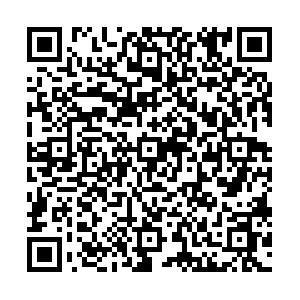摘要:
抗生素作为生长促进剂和疾病预防控制药物在水产养殖领域得到广泛应用,目前在许多环境水体中检测到不同类型的抗生素。环境中抗生素的残留问题也是目前环境研究的热点问题之一。本研究选择南方某市8个水源地和5个典型水产养殖区作为研究对象,采用固相萃取、高效液相色谱串联三重四级杆质谱联用仪方法,调查了32种常用抗生素在水体中的含量水平和空间分布特征,揭示了抗生素的来源,并对其生态风险进行了评价。水源地共检出12种抗生素,浓度范围为0.12~44.6 ng·L-1,以磺胺甲噁唑含量最高;水产养殖区检出14种抗生素,浓度范围为0.95~716 ng·L-1,以氯四环素检出浓度最高。整体上水产养殖区抗生素的浓度高于水源地。抗生素浓度与环境因子的冗余分析表明,水产养殖和生活污水排放是水体中抗生素的主要来源。对检出的13种抗生素进行生态风险评价,单一抗生素而言,环丙沙星、氧氟沙星、磺胺嘧啶、氯四环素和脱水红霉素的风险商值大于0.01而小于0.1,表现为低风险。总抗生素风险商值加和在大部分水源地大于0.01而小于0.1,表现为低风险;总抗生素风险商值加和在2个水产养殖区大于0.1,表现为中等风险,水产养殖区抗生素的长期生态风险应该引起关注。
Abstract:
Antibiotic pollution has attracted growing concerns, due to their extensive presence in the environment. Antibiotics are widely used in aquaculture to promote growth and prevent disease. The present study investigated the concentrations, spatial distributions, and sources of 32 commonly-used antibiotics in surface water from eight drinking water sources and five typical aquaculture facilities in South China. The ecological risks of antibiotics in the study areas were also evaluated. Twelve antibiotics were detected in water samples from the water sources, with the concentrations ranging from 0.12 to 44.6 ng·L-1, and the highest concentrations were found for sulfamethoxazole. The concentrations of 14 antibiotics detected in aquaculture water ranged from 0.95 to 716 ng·L-1, and the highest concentrations were found for chlortetracycline. Overall, the concentrations of detected antibiotics at aquaculture sites were obviously higher than those in the water sources. Redundancy analysis between the antibiotic concentrations and environmental factors indicated that aquaculture and municipal sewage were the main source of antibiotics in the water. Risk assessment showed that for each single antibiotic detected in surface water, the risk quotients of ciprofloxacin, ofloxacin, sulfadiazine, chlortetracycline, and erythromycin-H2O ranged from 0.01 to 0.1, suggesting a low risk of these antibiotics. The total risk quotients also showed a low risk for most of the water sources (0.01-0.1). However, they were higher than 0.1 at two aquaculture sites indicating a medium risk.


 点击查看大图
点击查看大图


 下载:
下载:
